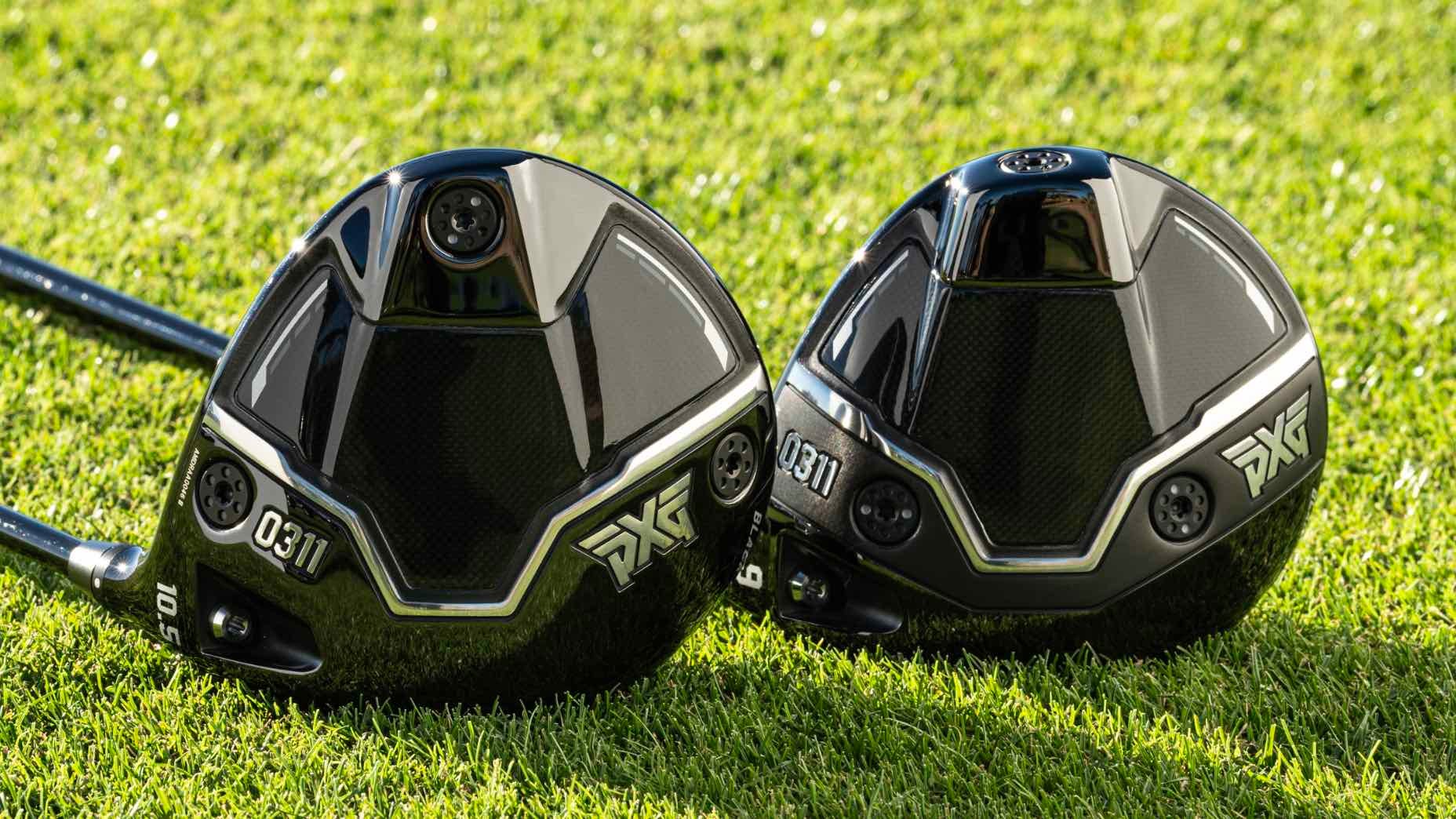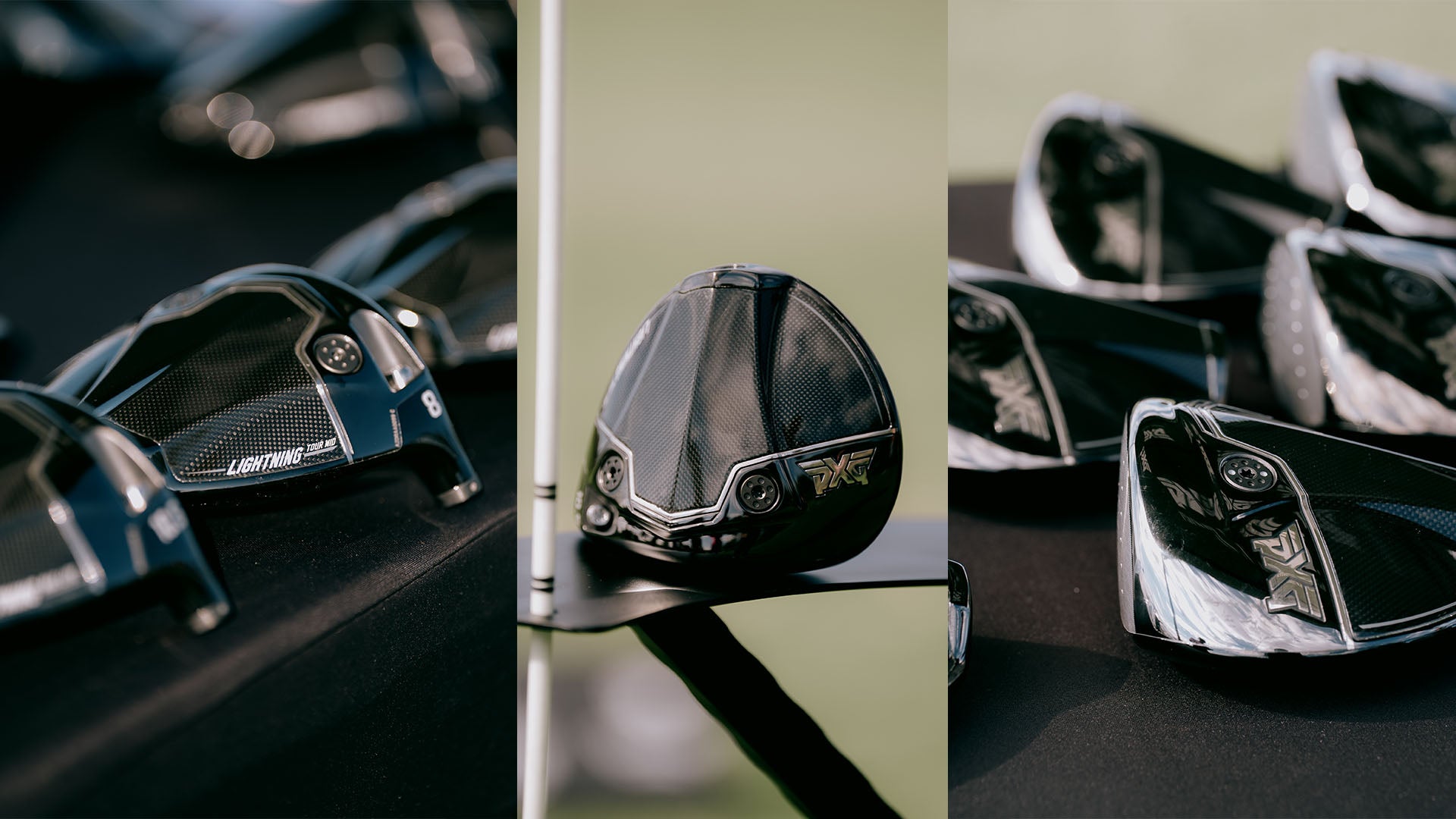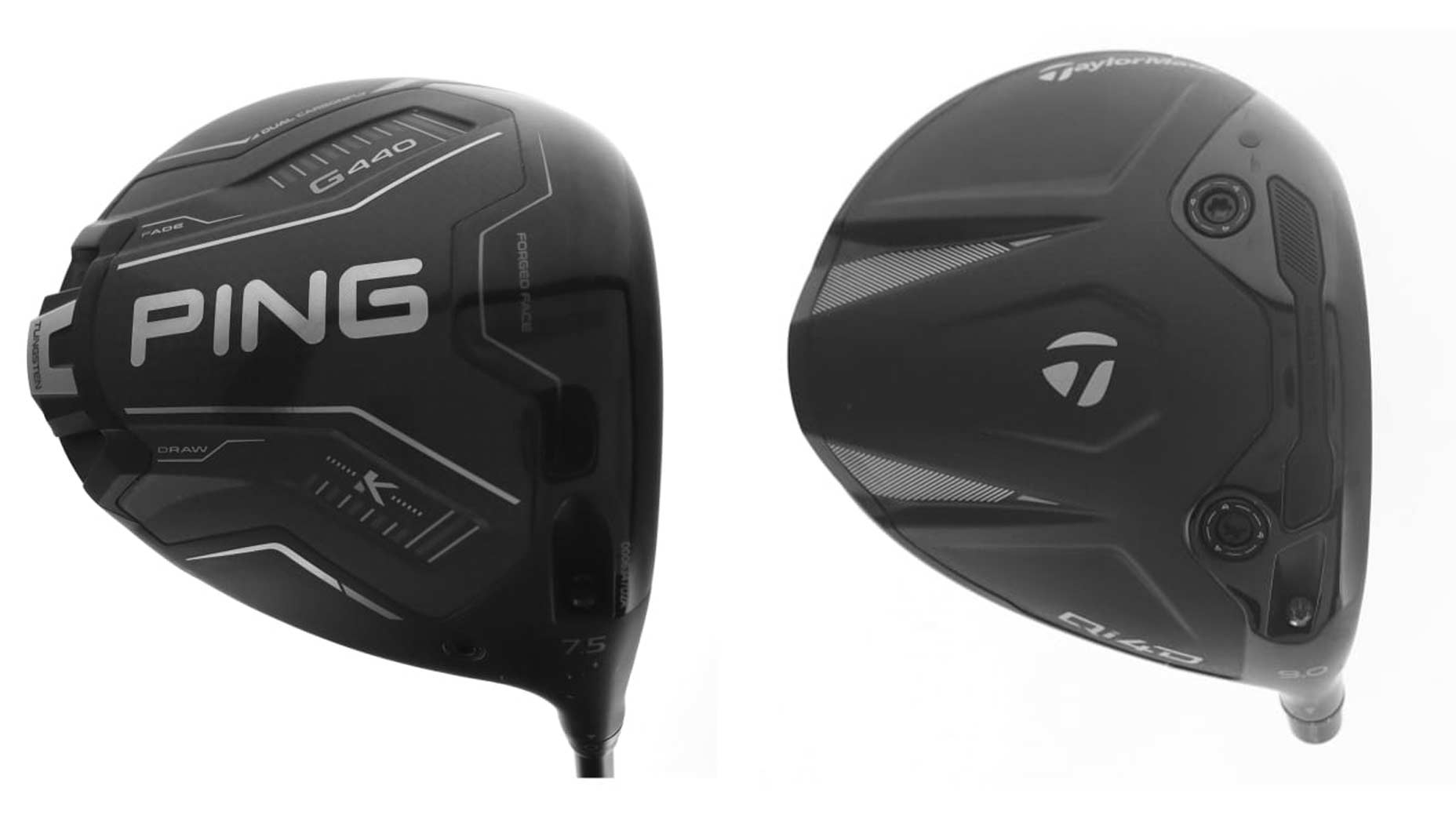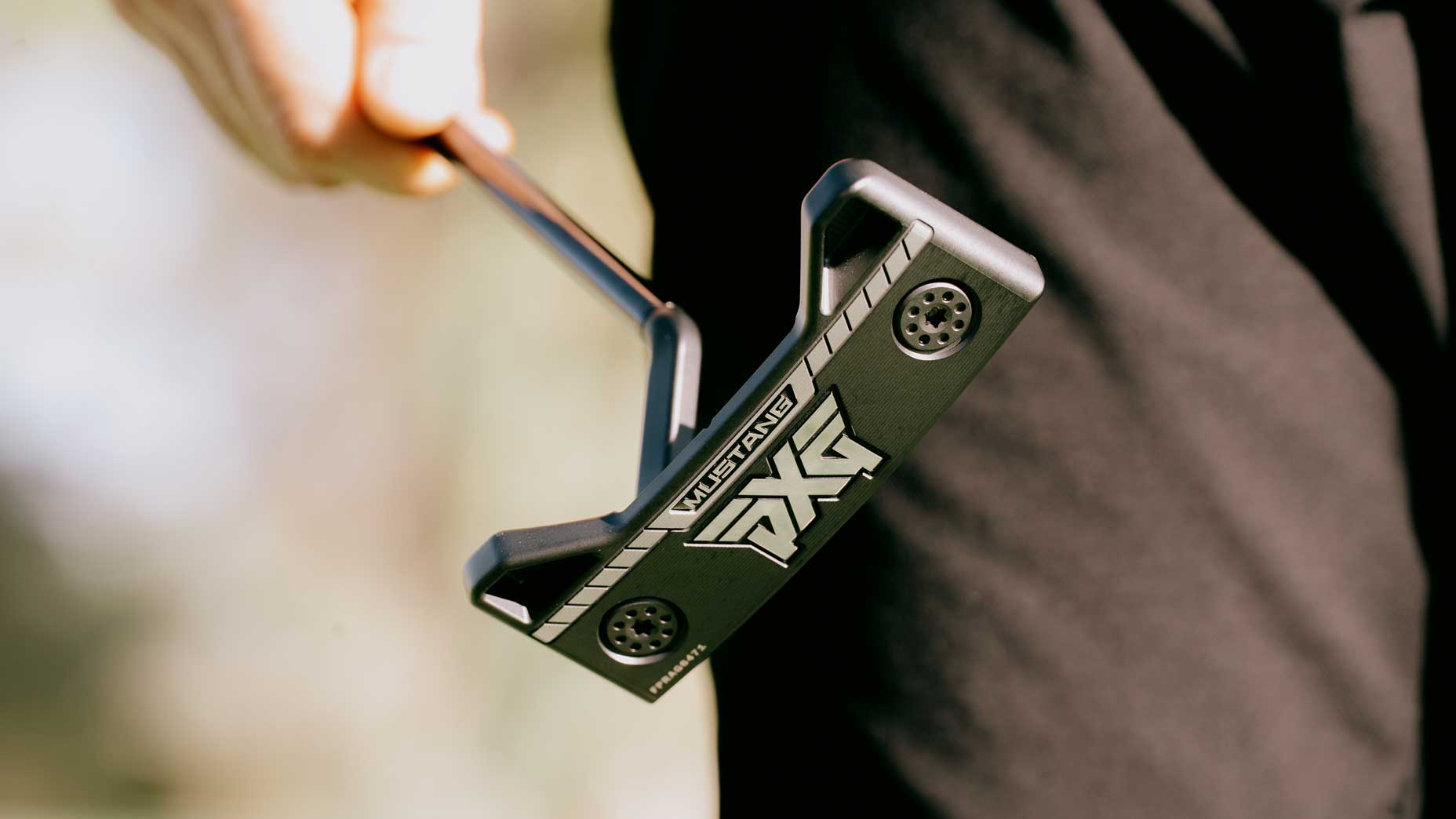For the 2024 edition of GOLF’s ClubTest, we once again teamed up with Golf Laboratories for robotic driver testing. With the help of their swing robot, we’re able to get a better picture of how each driver performs at the same speed (95 mph), delivery and attack angle in a 9-point face mapping test. The end result is an unbiased (and extremely detailed) look at where each driver model excels.
We continue with robotic insights on PXG’s all-new Black Ops drivers. Pick up all your PXG gear at Fairway Jockey.
MORE FROM OUR 2024 CLUBTEST COVERAGE: PXG’s Black Ops drivers, fairway woods and hybrids: Everything you need to know | How PXG’s new Black Ops woods added confidence and control
***
Cheat code
Testing every model in all available lofts makes it possible to see if specific combinations are a better fit when the robot is swinging at 95 mph. In this instance, the 10.5-degree Black Ops stood out from the pack in several key areas.
Let’s start with the most important attribute: high-toe misses. Under Golf Laboratories’ testing parameters, the 10.5-degree head lost 0.3 yards on high-toe impact — one of the tightest mishit carry distance deltas (to geometric center strikes) we saw on the swing robot.
On the flip side, the 9-degree head saw the carry delta jump above 10 yards at the same 95 mph swing speed. The numbers reinforce the importance of getting fit for your driver to optimize launch, spin and mishit protection.

PXG 0311 Black Ops Custom Driver
View Product
In addition to earning high marks for high-toe misses, the 10.5-degree head gained 0.6 yards on high-center misses. It’s worth pointing out that several drivers we tested saw distance increases on mishits, with Black Ops being one of them, so this isn’t an anomaly. (The 10.5-degree head had a 5-yard distance delta on toe strikes across all three locations, so it’s a great option to test if you live in that area of the face.)
Before a few years ago, mishits penalized golfers with suboptimal launch, spin and carry numbers. Now we’re seeing several models produce better performance characteristics on common misses. Welcome to the new frontier of driver design.
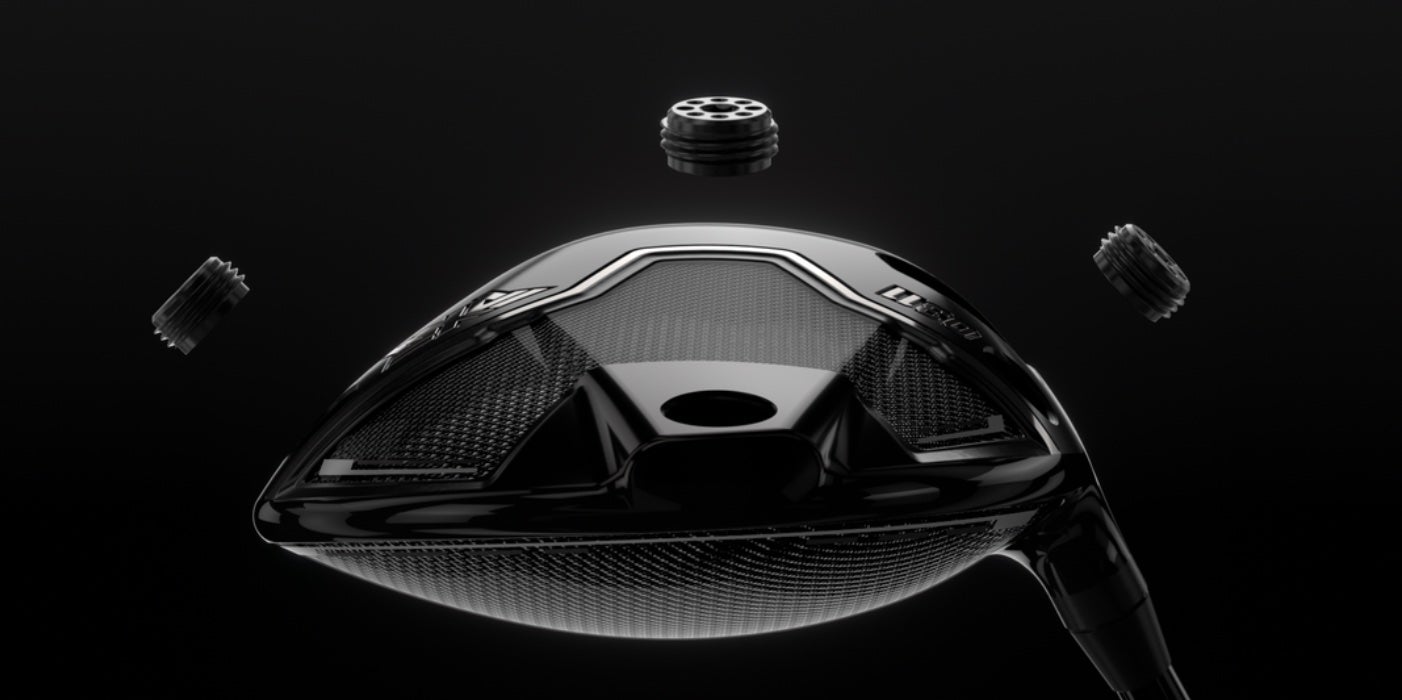
Low spin bombs
Reducing spin is one way to increase distance without making wholesale swing changes. In most cases, turning down the loft sleeve with a wrench can get you there. Or you can track down a driver with built-in low spin characteristics.
If you’re just starting the search for a low-spin driver, PXG’s Black Ops and Black Ops Tour deserve testing consideration after they produced some of the lowest launch and spin numbers we saw on the swing robot.
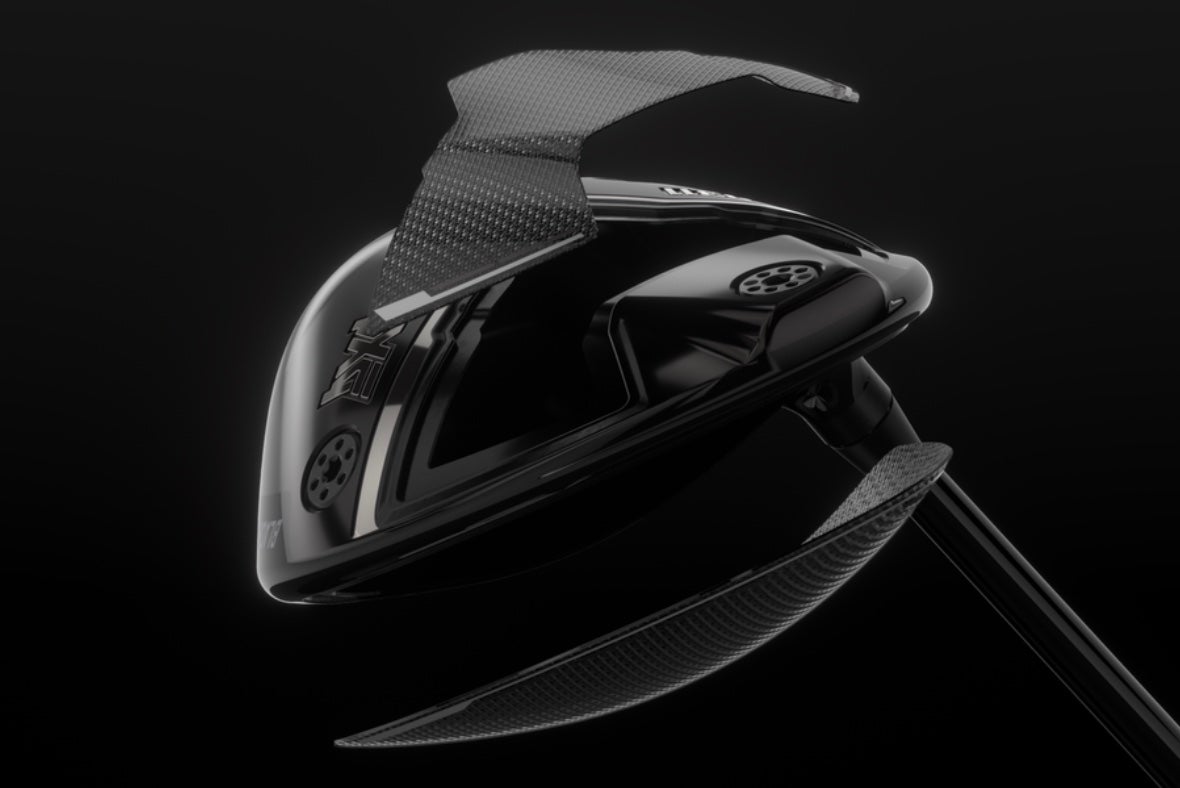
The 10.5-degree heads alone produced an average spin rate of 2,500 RPMs with a 10-degree launch angle, which was anywhere from 300-500 RPMs and 1-1.5 degrees lower launching and spinning than other brands.
The 8- and 9-degree heads registered even lower launch and spin numbers at 8.8 degrees and 2,000 RPMs. Those numbers are perfect if you hit it out of the middle consistently, but a high toe is going to knuckle in a big way if you’re already sitting at 2,000 RPMs. It’s food for thought during the driver testing process.
Small circle
Black Ops and Black Ops Tour both finished inside the top 5 in dispersion, meaning you can play the standard or low-spin head and see consistent numbers across the entire face.
The Black Ops produced a dispersion of 7 yards, while the Black Ops Tour came in at 9.8 yards. It’s further confirmation that the switch from T-412 Titanium to a new Advanced Material Face (AMF) is already paying off in a big way.
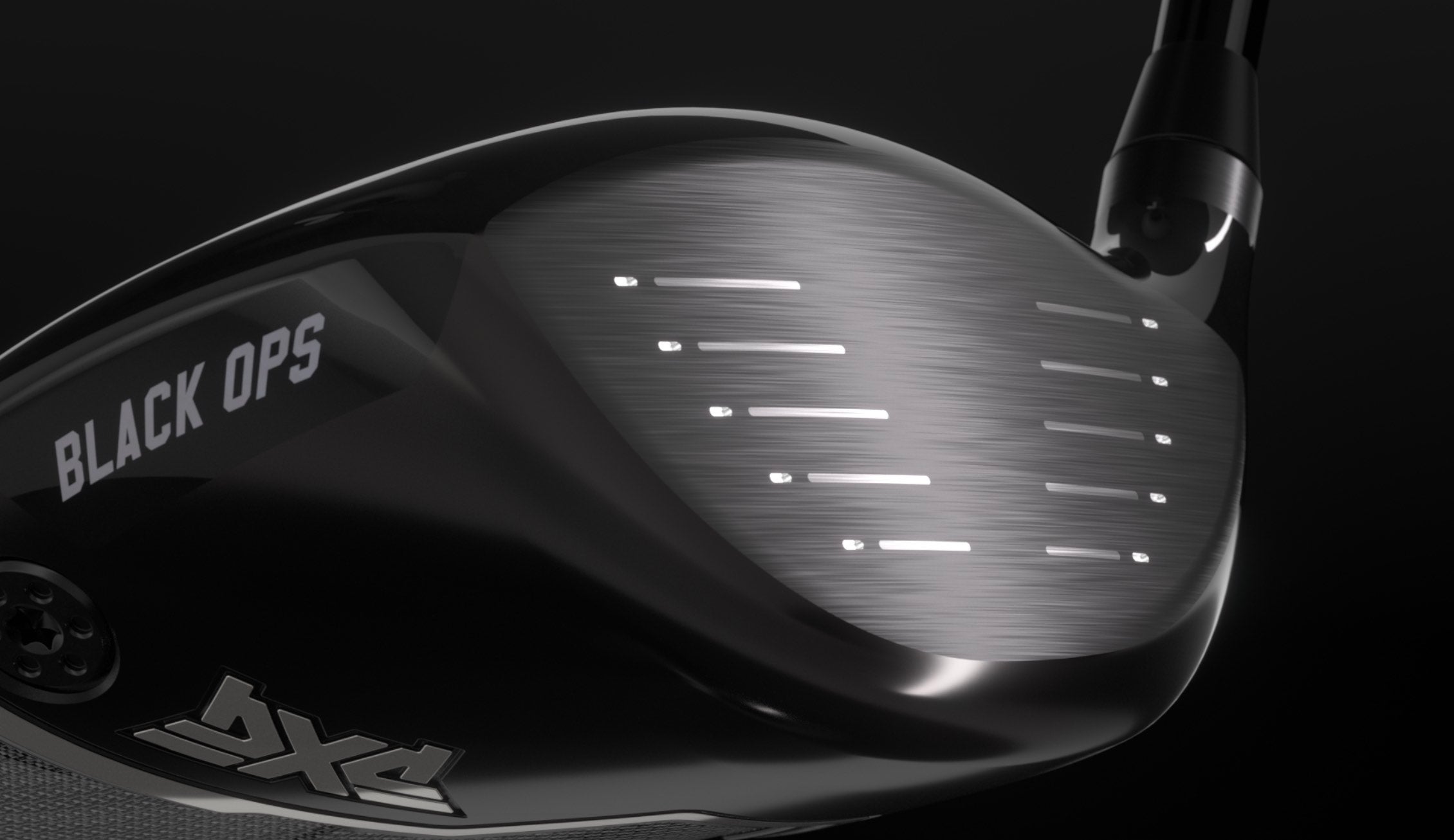
With PXG bumping the price of its latest driver line to $600, many golfers have wondered aloud if the technology is worth the increase. Based on the dispersion numbers alone, it’s clear PXG has things trending in the right direction with Black Ops.
Want to overhaul your bag for 2024? Find a fitting location near you at GOLF’s affiliate company True Spec Golf.
